Photo
Stunning work, I had look twice at some of the photos, look like a real town.









The Gilded Griffon, Town Hall of Gripenhem. 2016
188 notes
·
View notes
Photo
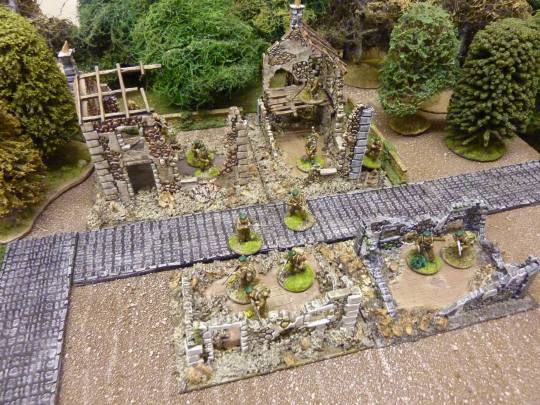

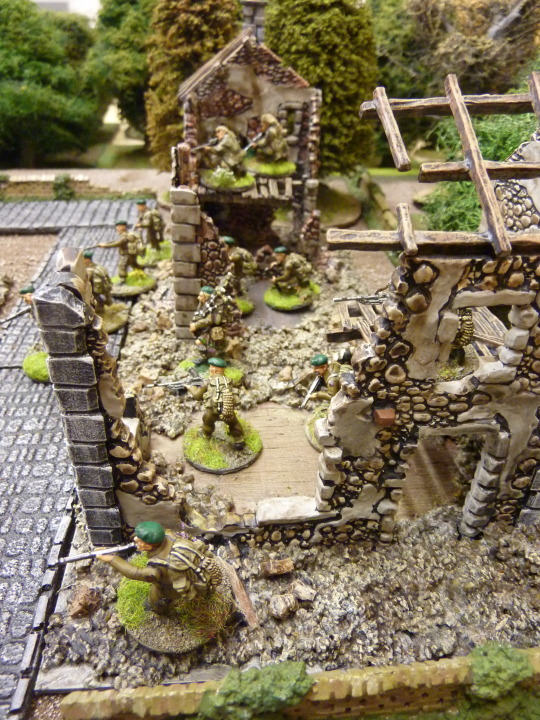
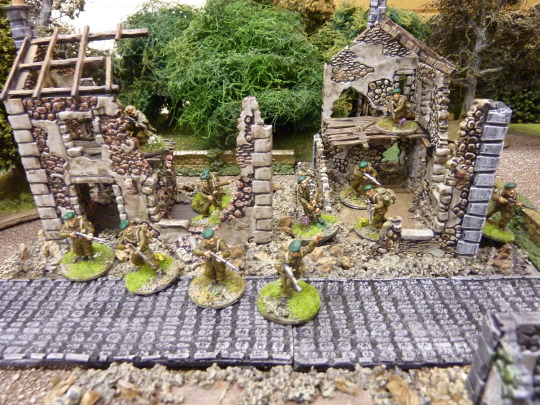
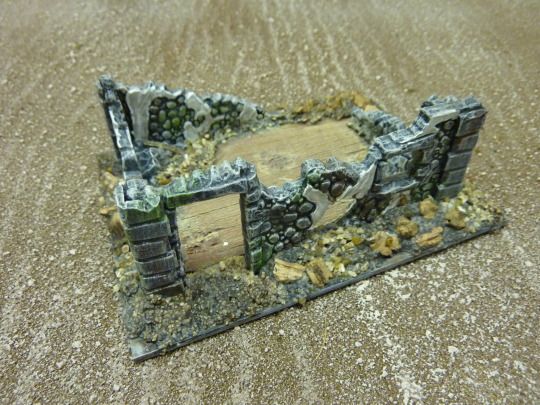
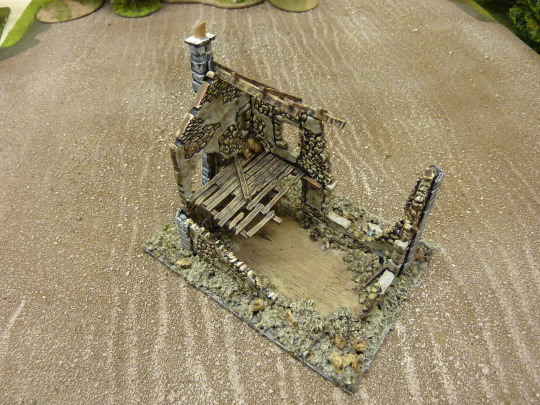

Ruined Hamlet from WarlordGames. Painted by DesignForPlay for a World War II wargame.
#wargame#wargaming#wargames#miniadventures#miniatureart#miniatures#modelpainting#paintingminiatures#wargameminiature#miniature wargaming#terrain#wargameterrain#wargamescenery#painting minis
1 note
·
View note
Text
A Creative ‘Game Design CV
When I applied for my current job at the University of Suffolk, I had to do something to make my application stand out. The post was for an Associate Professor teaching on the computer games courses. I decided to go for a more creative version of my CV to help with the application.



The Purpose
A creative CV is not going to suit every application. I was applying to an Associate Professor post and Course Leader role for a BA (Hons) Computer Games Design degree at the University of Suffolk, UK. I knew the course was covering non-digital game design as a means of exploring game design theory. In that sense, this version of the CV would be accessible to the interview panel.
The application process required an application form to be completed and a copy of my CV to be sent via email. The only way I could send the creative version of the CV would be to post it or take it in by hand. As this was an academic post at a university, this creative CV would be the last thing the human resources team would expect, and the risk of it becoming separated (intentionally or unintentionally) from my electronic application was too high. However, if this had been a game designer role in a games company, I may have judged it to be more appropriate to send this in with a paper version of my CV and application as the HR team would be more open to something game-orientated landing on their desks. In the end, I decided not to send it in with my electronic CV. Instead I would hold it in reserve for the interview where I could control its use. Even if I never reached the interview stage it would still be a useful tool for future applications.
As I would be using this only at the interview stage, its purpose would be limited. At best the panel would be impressed with the creativity and game orientated design of the CV. At worst, they would at least remember me as ‘that guy that put a toy on the table’! At least they would remember me, so in either scenario, it was a win…of sorts.
As it turned out, I reached the interview stage, which appeared to be progressing well. Plan A was to wait for a relevant question during the interview, such as “how would you enhance the employability of students”, but this would be a more opportunistic approach. Plan B was to wait until the end when applicants are typically given an opportunity to ask questions to the panel. I would then take that opportunity to whip out this creative CV and show it to the panel on the basis that I would encourage students to be more creative in their approach to applying for jobs and help them make their applications stand out. As it turned out, a panel member asked me an interesting question at the end of the panel questions: “Is there anything you wish we had asked you”. That was my cue, plan A and plan B went out the window! I suggested that I could have been asked how I would enhance the employability of students. I then pulled out the CV onto the desk and used it as an example of how I could help students be more creative.
I had included some smaller details in the design of the CV which a game designer might pick up on, and I was ready to discuss these in detail. As the CV was passed around the table, the panel were clearly not expecting anything like that. It raised a few questions, the panel seemed very interested. It had served its purpose. If all else failed I was now at least ‘that guy that put a toy on the table’.
The Design
I had considered making an online game-orientated CV such as Robby Leonardi but that has been done and his CV quite well known, I needed an alternative. I play a lot of board games and table-top wargames as well as painting my own figures. I also knew the degree I was applying to covered some non-digital game design theory. I am also a toxopholite (an archer, before you start to draw any weird conclusions from the term!). The archery-wargame-game design link seemed a natural fit for me.
A few points about the design:
Q: Would this version fully replace my electronic CV? Answer: NO
Q: Would this version contain all the information on my electronic CV? Answer: NO.
Q: Would this version appeal to everyone on the interview panel? Answer: NO
Q: Would a game designer recognise some of the elements in the design: Answer: YES (hopefully!)
Q: Was this a high-risk approach: Answer: YES (but I deemed it worth the risk, I really want the job)
There are some design elements on the CV which maybe regarded as controversial. The use of dice to indicate skill levels is arguably not a good approach. The reason I included these was to demonstrate the combination of multiple variables into one form. So, the number of dice indicates skill level, with blue dice representing frequency of use and red dice the time spent learning that skill. The actual values were less important to me than demonstrating the concept, as this was a teaching position. I was using these dice as a method of communicating an understanding of game design theory. As with anything we do in life, you cannot please everyone all the time. The same applies to this version of my CV. Some people may like it, other will find faults. I could at least take the approach with the panel that this creative CV could be used with students to stimulate discussion.
The question of using this design CV as a full replacement for my ‘normal’ paper/electronic CV was one I grappled with for a while. Trying to fit all the information from my normal CV into these cards created too many cards, or in an attempt to minimise the number of cards, the text was becoming too small. I worked through at least a dozen different iterations before deciding to minimise the information on the cards and then limit the use of this CV to the interview stage for a university application. I would rely on my previous experience on my normal CV and my covering letter to get me through that first stage. For an application to a games company I would consider sending it in with the normal CV. Understanding the company you are applying to is important here.
Did I get the job?…. Yes.
Was it the creative CV which secured the job for me?…. Unlikely.
However, it did help make a good impression, and that’s all I needed it to do.
Steve Harris
#cv#cv writing#miniature#wargaming#job#resume#miniature wargaming#creative cv#jobsearch#creative#creativedesign#miniaturefigures#paintingminiatures#painting minis
1 note
·
View note